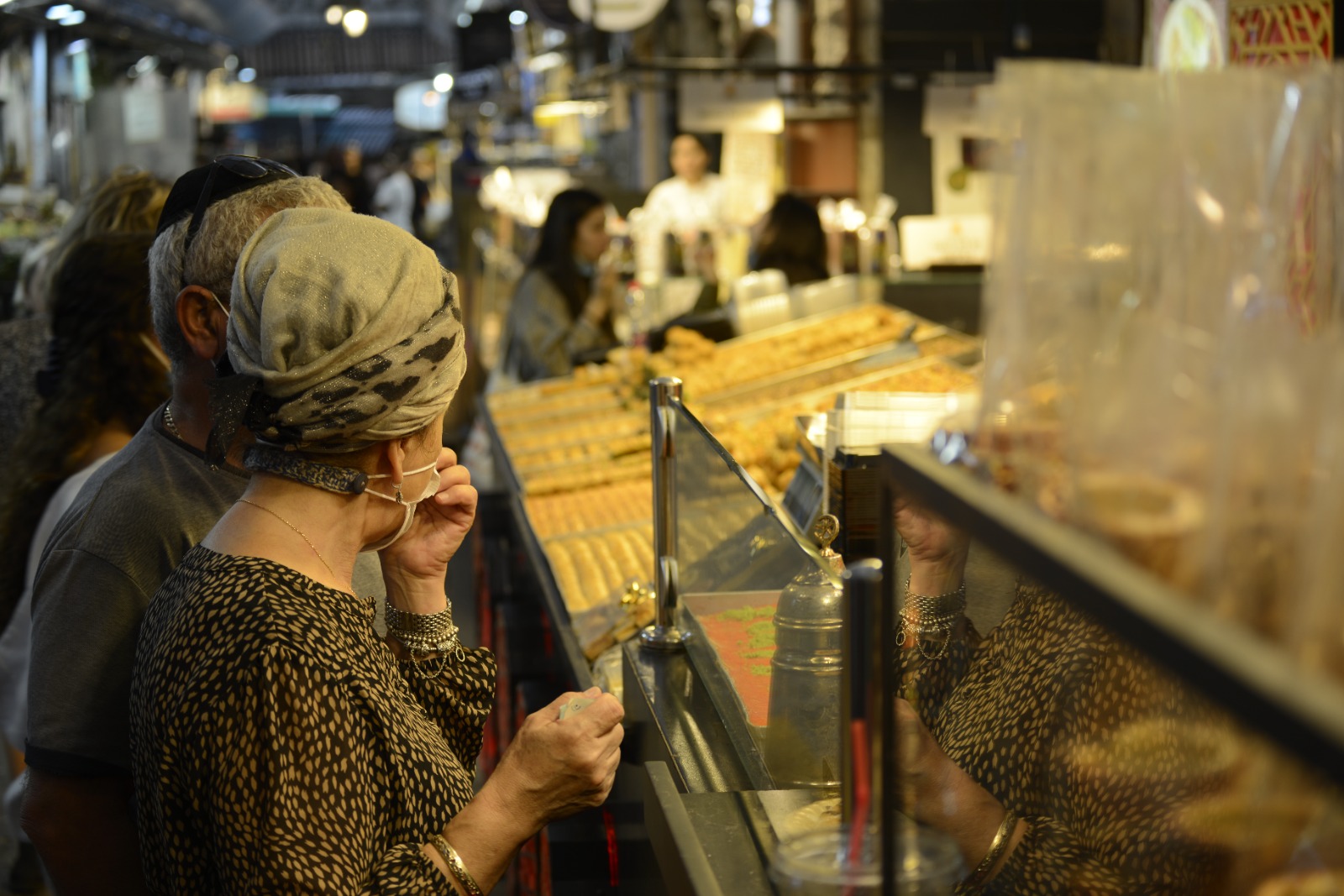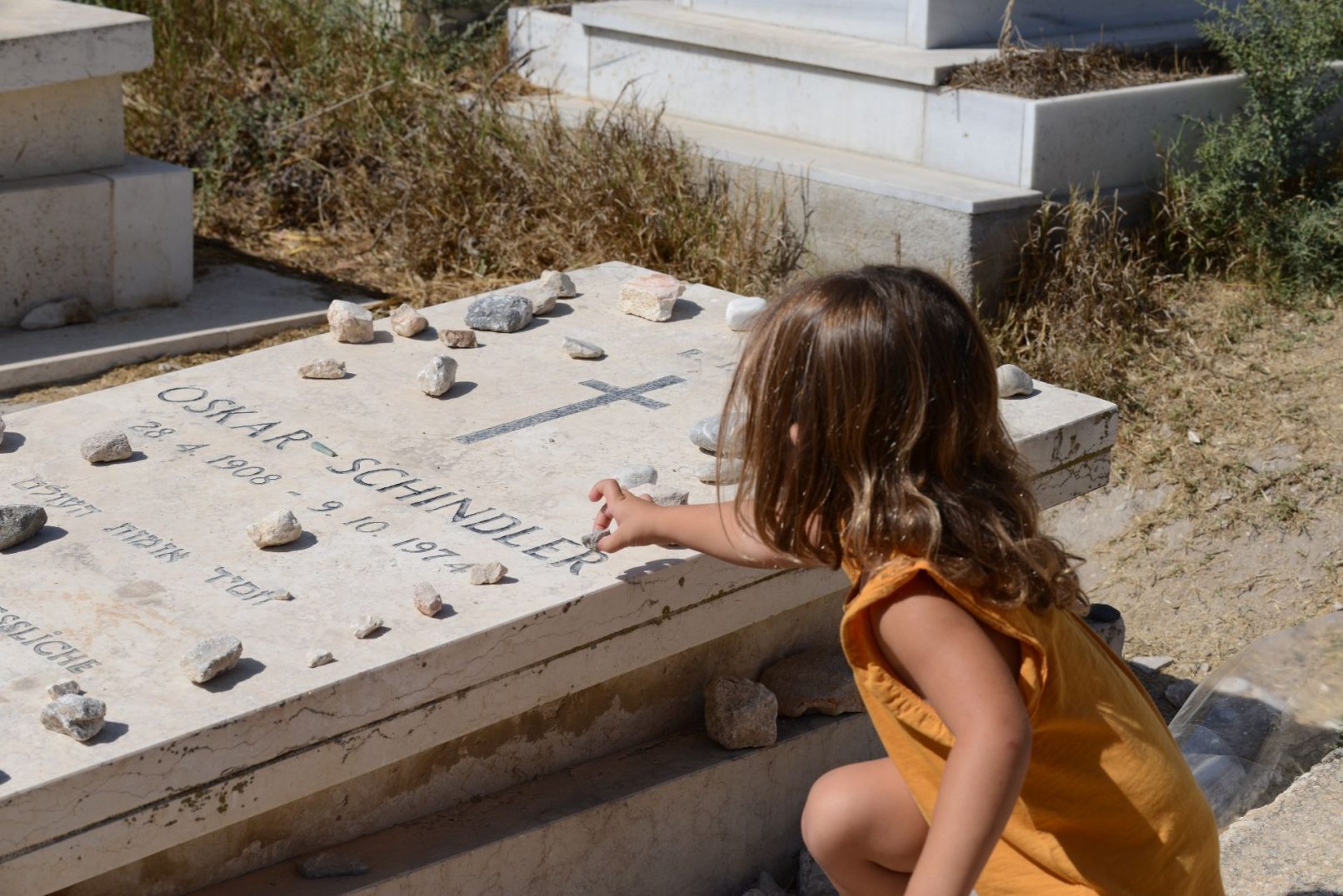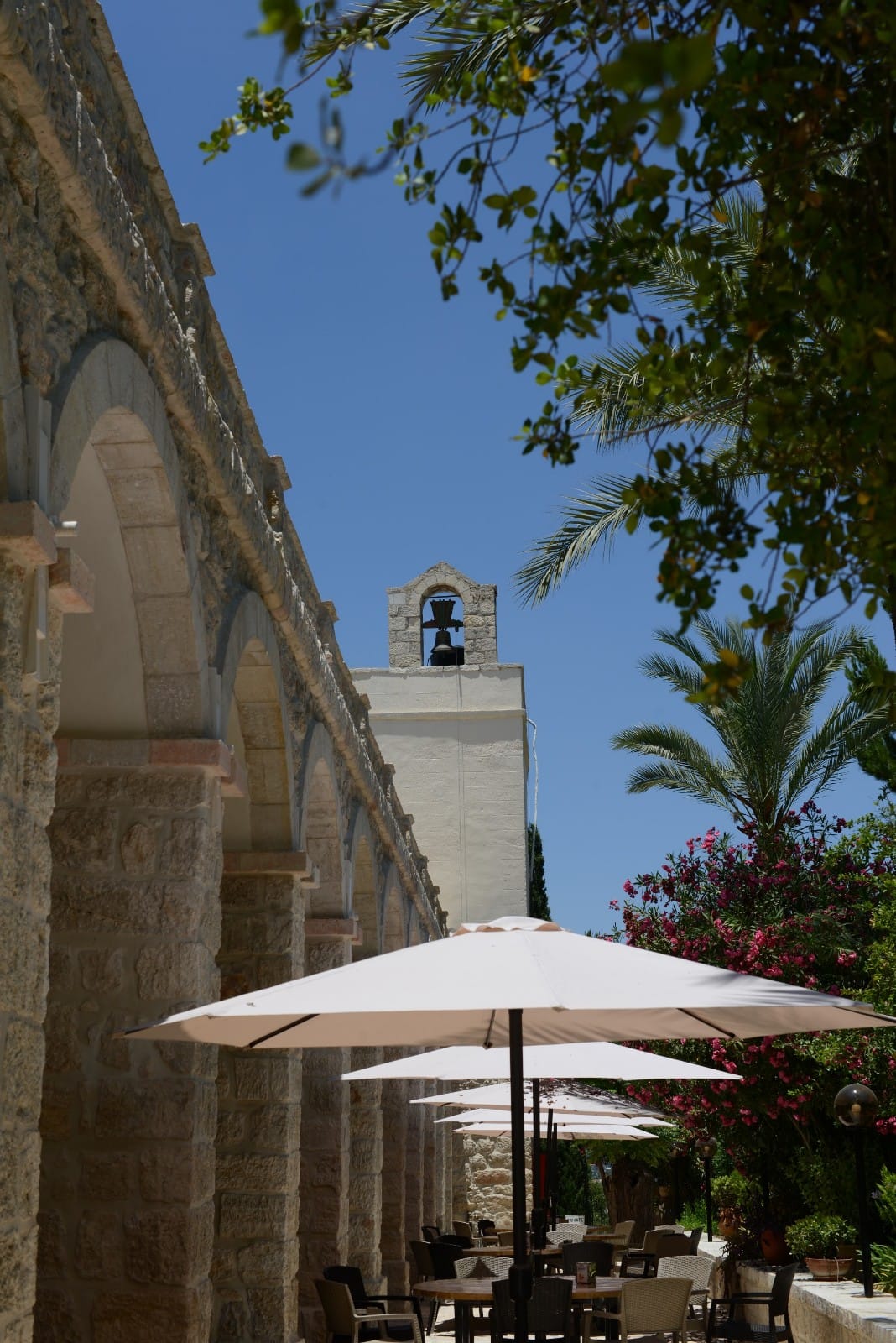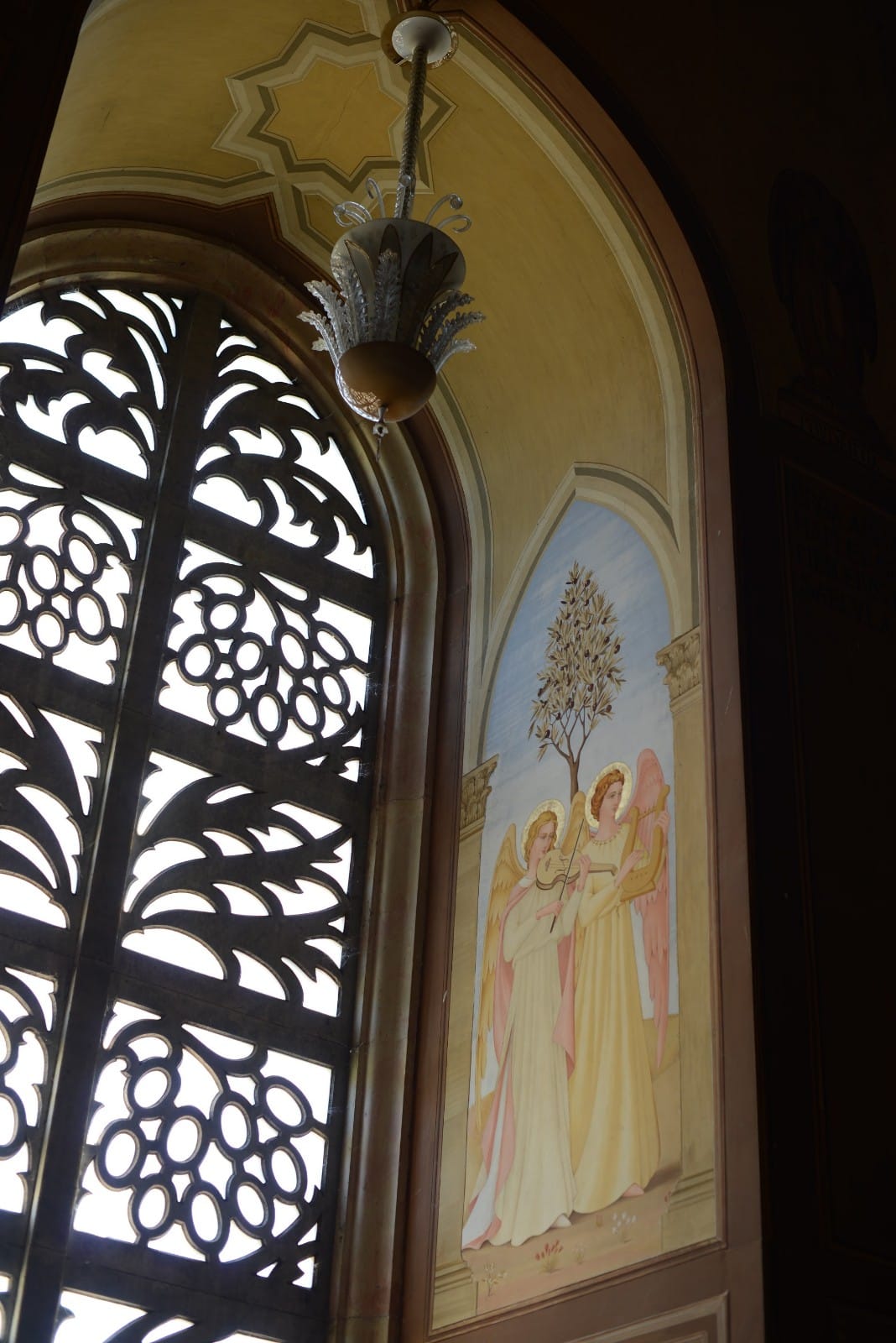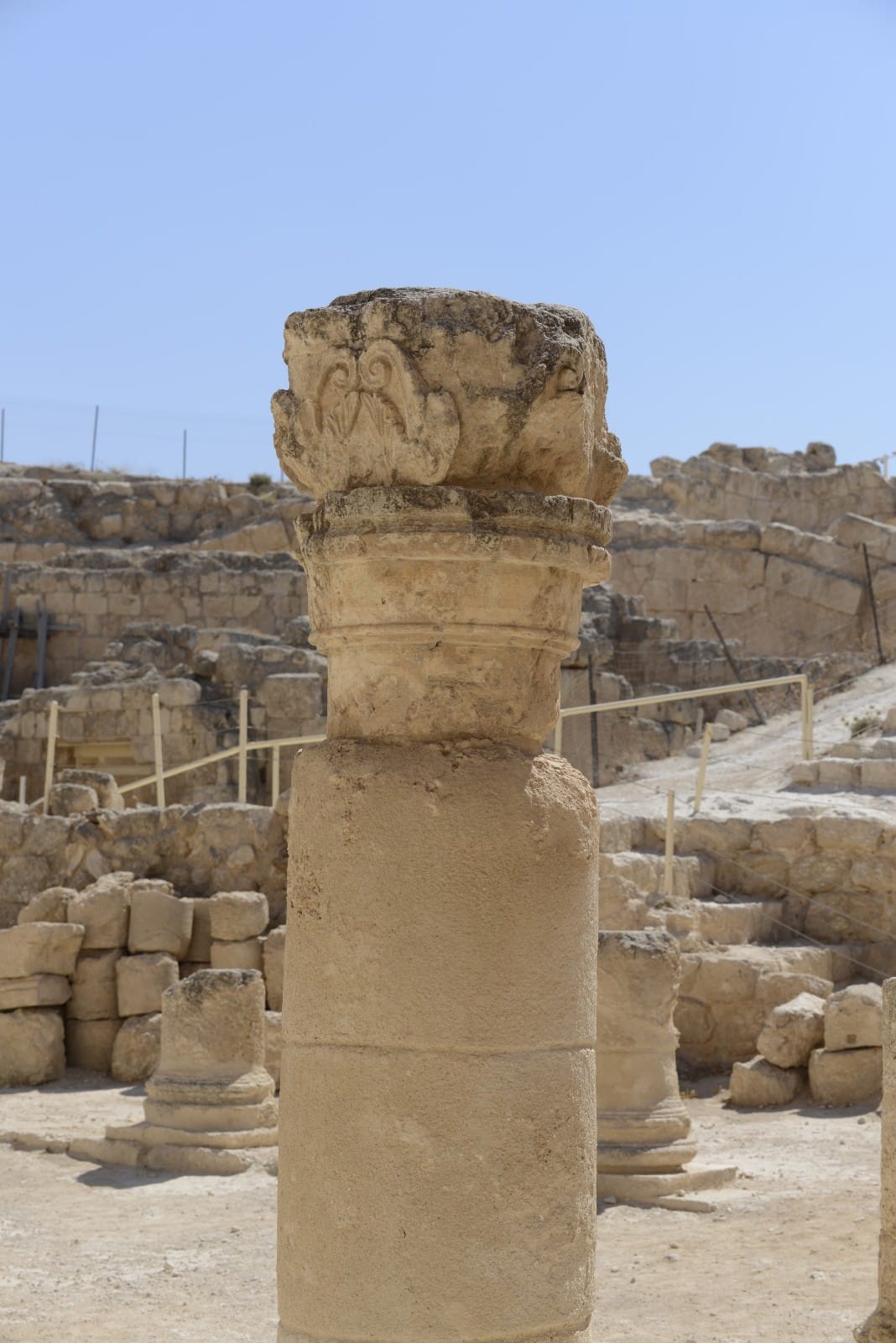Jerusalem’s new city & nearby locations
Written by Zvika Gasner Koheleth 12-December-2024 (Originally 1st Edited 14-December-2020, 2nd 13-February-2021, 3rd 30-June-2021) photography by Angela Hechtfisch.
Jerusalem Short History Introduction
Jerusalem, the capital of Israel, is located on a plateau in the Judean Mountains between the Mediterranean and the Dead Sea. It is one of the oldest cities in the world, and is considered holy to the three major monotheistic religions—Judaism, Christianity and Islam. During its long history, Jerusalem has been destroyed, besieged , captured and recaptured many times by different kingdoms and empires.
Jerusalem was named as “Urusalim” on ancient Egyptian tablets, probably meaning “City of Shalem” after a Canaanite deity, during the Canaanite period in 14th BC. In hebrew one of the meaning are “G’d (Jeru pronounced with a “Y” sound) is complete (Shalem)”. During the Israelite period, significant construction activity in Jerusalem began in the 9th century BC , and in the 8th BC the city developed into the religious and administrative center of the Kingdom of Judah under king David and later his successor son King Solomon (Shlomo in hebrew). In 1538, the city walls were rebuilt for a last time around Jerusalem under Suleiman the Magnificent. Since 1860 Jerusalem has grown far beyond the Old City’s walls and in 2018, Jerusalem had a population of some 900,000 residents, comprising mostly of secular Jewish Israelis, orthodox Jews and Palestinians, that inhabits mainly the east part of the city which belonged prior 1967 to the Jordanians.
Jerusalem’s “Givat Ram”: The Israel Museum, Science Museum, Parliament & Shrine of Books
Only 5 minutes driving (when there’s NO car traffic) from Jerusalem’s old city Jaffa gate and the wonderful Biazi hotel near by, lye the “Israel Museum”, facing the “Knesset”(The Israeli parliament) on “Givat ram” hill. the museum has several parts worth mentioning, such as the beautiful statute garden, the interesting 2-50 scale of the 2nd temple period miniature of Jerusalem display, some periodic contemporary shows and the “Shrine of the book”, that houses the Dead Sea Scrolls founded in the 40’s in Qumran caves and also included the “Keter codex” which considered to be the oldest copy of the bible found. I would say this gently: visit to this show is a MUST for a history or geologic reasons. (See post) Also, a iPhone/Android App for extra audio explanation of most of the museum’s objects can be downloaded and is included in the 12 dollars per person admission fees. Only 750 meters from it lays the “Science Museum” that focuses on exhibitions featuring general science phenomena which reflects in our daily life, with examples and actual samples, such as agriculture and the question of world feeding, experiments in electricity and more. The museum is recommended for parents with kids NOT over 7 years old. Entry fees are 49 and 35 shekels for adults and children, respectively.
Jerusalem “Israel Aquarium”
The Israel Aquarium is located in one of its newest neighborhood, “Malcha”, we still recommend this tourist location, especially for those with young family. The kids will find it extremely fascinating and also educational for the conservation of Israel’s marine life at this huge public aquarium.
The young kids can learn what they can do to help save water resources and aquatic habitats, and educate to raise public awareness of the challenges facing sea pollution, overfishing and the redundant of sea life, and the flip of balance of local sea life as a result of open sea migration of fish species. The aquarium explores Israel’s four seas life: Mediterranean, Sea of Galilee, Dead Sea and the Red Sea. All of these seas have different marine life based on its unique water environment.
A visit to the aquarium can take about an hour and a short movie about the marine life is included. Tickets are 54 and 45 Israeli shekels for adults and kids, respectively, and you can integrate a tour to Jerusalem Biblical Zoo which is located only 1 km. away.
Is this tourist spot recommended? Yes, if you have children. If you interested in more adult marine life experience you had better find it in Eilat’s Sea observatory, Dolphin reef swimming, coral beach diving and other water attractions in the city of Eilat.
Jerusalem’s “Machne Yehuda” Market
The “Machne Yehuda” market is also a highly recommended location in Jerusalem. the market has changed in the last 20 years and become highly hipster and tourist oriented. You can find secret pubs, oriental cookies shops and many more exotic stalls and restaurants. We dined at “Mordoch”, a Jewish Iraqi/Kurdish style kitchen and had the soup “Kube” which tasted like something we never tasted before. U need to queue for a table for 2 for at least 15 minutes on rush hours but it is definitely worth the waiting. The cost is round about 35 dollars for 2 people and the service is extremely friendly.
Jerusalem Old Train Station
The Jerusalem Old train station, also known as the “Tahana”, is located opposite the “Khan” theater between Hebron Road and Bethlehem Road, north of the German Templer’s Colony. It was part of the Jaffa–Jerusalem railway until its closure in 1998. It has been many years left in neglection but reconstructed and reopened in 2013 for use of a jazz festival, the Israel Festival, and more. The huge open-air facility hosts culture, entertainment venues, and temporary exhibitions such as the 500th anniversary of Da Vinci in September 2020. The complex has several cafes’ & restaurants, the most celebrated is “Adom” which can NOT be skipped when visiting Jerusalem. The old train station is open 7 days a week.
The Jerusalem Botanical Gardens
The Jerusalem Botanical Gardens (JBG) the largest of its kind in Israel is located in the heart of Jerusalem and it serves as conservation, knowledge and education centrum, and as a community center. It contains a diverse collection of plants from different continents which are displayed in specific sections of the garden. These areas are as follows: Southern Africa, Europe, North America, Australia, South-West and Central Asia , the Mediterranean, and also includes an indoor garden-house facility for a tropical climate zone and also mimic desert-dry weather conditions. The Jerusalem Botanical Gardens try to simulate the actual disposition of these different areas and climate zones. The 120 dunams garden also includes several water pools and a river flow, that has natural running water in the rainy season. Because of the mix of different territories and different climate areas, there is always something at the highest season blossom, thanks to Jerusalem’s perfect weather conditions.
We arrived in the middle of February and the biggest pool located at the entrance to the garden was timed just perfectly to the mating season of the frogs, so it was loud and jumpy. Also, at this time of the year, the Japanese cheery blossom was in full, almost 2 months earlier than in Japan, so we shared a prayer for world peace in the Buddhist shrine on spot. Also, in regular times when Corona is a name for Mexican beer you can get one in one of the 2 in nature open cafe’ inside or in the indoor cafe’ at the garden entrance. A ticket for an adult costs 35 shekels and the gardens are open 7 days a week. Keep in mind it is a fairly 2 to 3 hours walk and tour-guide for small groups in English needs to be booked in advance. the Jerusalem Botanical Gardens are highly recommended specifically for nature lovers.
“Oskar Schindler’s” grave
Towards the southwest of the old city, near the “Zion” Gate we visited “Oskar Schindler’s” grave at the Roman Catholic church on “Maale Hshalom’ road. The subject of The 1982 novel “Schindler’s Ark” and later the film adaptation in 1993 by Steven Spielberg’s “Schindler’s List”, which won Hollywood’s Oscar later that year, Schindler, a German industrialist and a member of the Nazi Party who was solemnly and directly responsible for the saving of 1,200 Jewish lives during the WW2 by employing them in his factories.
Schindler, which reflected his life as an opportunist, came to show extraordinary bravery in front of the Nazi killing regime and saved the lives of his Jewish factory workers. In 1944, while Germany was on verge of losing, the SS began closing down concentration camps and relocate prisoners to the “Auschwitz” and “Gross-Rosen” execution death camps. Schindler convinced commander Kraków-Płaszówof SS-Hauptsturmführer Amon Göth, to move his 1,200 Jewish workers and the factory to Brněnec in Moravia, and by this act saving them from certain death in the gas chambers. in October 1944 they were sent to Brünnlitz and kept being protected by Schindler until the end of World War II in Europe in May 1945.
Schindler was honored in the same year with “Righteous Among the Nations” and was buried in 1974 in this Roman Catholic cemetery. We entered This badly kept cemetery to pay our respect to this man greater-than-life. Honestly, this hero deserves better and the authorities must take action sooner the better.
Jerusalem’s “German Templer’s colony”
We continued our walk to the southwest. It is a 10-minute walk down and then uphill from “Schindler’s” towards the Old Ottoman train station. The place is inhabitants by restaurants and café shops. We dined at the “Adom” diner.it was W O W. 250 shekels for a meal for two people. The immediate continuation of the Old Ottoman’s train station is the street of “Emek Refaim” (“Ghost valley” in Hebrew) which once was Jerusalem’s Templers German colony, one of 7 German colonies in Israel altogether. The wandering around is interesting and expandable written in this German Templer’s post.
“Mishkanot Shannaim” & “Yemin-Moshe”
We finalized our walking tour at “Mishkanot Shannaim” and “Yamin Moshe”, the 1st Jewish neighborhoods outside Jerusalem’s old city walls, established in 1862 by the famous Jewish benefiter SIR Moshe Montefiore. The top contribution of Montefiore to the little Jewish community at the time was and still is the flour windmill which is only a 250-meter walk to the southeast from The German’s village. Montefiore was a beneficiary celeb at the end of the 19th century. He helped Jewish communities around the world, in Asia and Europe as well, and in his 7th tour to Israel, he focused especially on helping the 4 holy Jewish settlements in Jerusalem, Tiberias, Ztfat, and Hebron.
The Ein Karem village
Ein Karem (“Spring of the Vineyard” in Hebrew) is an ancient village with 4,000 years of continuous history, starting early as Knaan time, located on “Ora” mountain southwest of Jerusalem, and now a governing with the city, with an estimated population of 3,500 people. Jewish inhabited the village in the period before and between the 1st and the 2nd Temple. Tradition holds that Saint John the Baptist was born in Ein Karem, following the biblical verse in Luke saying John’s family lived in: “town in the hill country of Judea”. It is also believed that Maria, while already being pregnant with Jesus, visited (and stayed there for 3 months)her cousin Elizabeth who lived there with Zakaria and was pregnant herself with John (The Baptized).
Other interesting Churches at Ein Karem relates directly to these traditional events: the “Church of St. John Ba-Harim” (“Ba-Harim” that means in Hebrew the mountain, one of the village names in byzant and Hellenistic times) where it is believed to be John’s birthplace, and the “Church of Visitation” where the 2 cousins, Mary (Maria) and Elizabeth, met and blessed one another. Also, a prime position for Christian pilgrimage is Mary’s (water) Spring, where supposedly Mary was drinking while arriving. This beautifully kept fountain is a home for three million visitors and the 4th Christian secret location worldwide. This spring has a running flow estimated for 2,000 years and longer, BUT a new hotel that is planned to be built nearby proclaims a severe threat to this continuous water flow. Local environmental and tourist activists are trying to stop this dangerous action from being taken place, at the moment with some success. To join the “Save Ein kerem” group, click here.
Another must-see place in this pastoral village with a look and feel of classical Europe is the Russian Monestry (formally known as Gorny or “Moscobia” Convent) with its typical five golden tear-drops top (completed in 2007) with entry from the “Hadasa” Ein Karem hospital nurse campus.
The village has to offer plenty of boutique shops offering a chocolate workshop, Italian “Golda” Iceshop, “Brasserie” & “Karma”, 2 wonderful restaurants with tasty (but also expensive) contemporary meals, galleries, and more. The atmosphere in the Village is relaxing intoxicating. However, be prepared for no place to park, so best visit during the ordinary week days.
–
Ein Karem Churches
It is worth mentioning that this year 2021 a complete restoration of the “Church of John BaHarim” is taking place, so there is NOT much to see inside.
The “Church of visitation” is divided into Lower and Upper parts, inside the first a crypt dating back to the byzant era with a water wail suspected to erupt exactly when Mary & Elizabeth had met. Also, remains of a rock where tradition suggests Elizabeth hid with John when the Roman came to kill all babies in the order of King Herods. Outside on the south wall, 70 plates encrypted with different languages of Mary’s song of praise to Elizabeth, the “Magnificat”, one of the most ancient Mary’s hymns recorded in Luke’s Gospel:
“My soul proclaims the greatness of the Lord, my spirit rejoices in God my Savior, for He has looked with favor on His humble servant. From this day all generations will call me blessed, the Almighty has done great things for me, and holy is His Name. He has mercy on those who fear Him in every generation. He has shown the strength of his arm, He has scattered the proud in their conceit. He has cast down the mighty from their thrones, and has lifted up the humble. He has filled the hungry with good things, and the rich He has sent away empty. He has come to the help of His servant Israel for He has remembered his promise of mercy, the promise He made to our fathers, to Abraham and his children for ever. Glory to the Father, and to the Son, and to the Holy Spirit, as it was in the beginning, is now, and will be for ever. Amen, Alleluia.“
In 1937 the Franciscans excavated the grounds of what is now the Upper part of the “Church of Visitation”, designed, constructed, and completed by Italian architect Antonio Barluzzi in 1955, staring at us with a butterfly tie from the southern fresco.
The churches exploring will NOT be complete without visiting the “Norte-Dame de Sion” on the southwest Ein-Karem summit. With its fantastic view to the valley, beautifully kept gardens and tranquil serenity all around in the air. “Norte-Dame” pilgrims guest house can be booked, but beautiful as it is, it is intended for basic level. The nicest overnight hotel at Ein-Karem is undoubtedly the Alegra Hotel.
Herodium
Herodium (or Herodeion in Hebrew) is a truncated-cone-shaped hill, 10 kilometers southeast of Jerusalem, which 5 of them go through Zone A of West-Bank, which means under Israeli military supervision & control. Still, You must consider this fact since these 5 minutes of driving are NOT to be taken lightly. We found “Herodium” fascinating and worth seeing, especially if history interests you. The view from the mountain top is eye-catching for all four corners of the earth. An adult ticket is 30 Israeli Shekels, and it is open 7 days a week.
The “Herodium” was built between 23-15 BC as King Herods, the country’s Great builder, as his summer palace and an escape spot outside of the buzzing Jerusalem municipality. Flavius Josephus, the famous Roman historian, said that it was also the spot where King Herods chose to barry, and so he did.
The upper palace is reachable by the “Arch Stairs”, an 80 stairway climb. At its bottom, he built a 400 sits theatre that still exists nowadays. We can still visit the VIP facility at the theatre top, which included a private guest room for Herod’s special guests. The VIP room walls decorate with scathed pillars and even a painted “windows” of other landscapes such as the Crocodile on the bank of the river Nile, that still seen today in gratitude to the dry air conditions.
At the top of the “Arch Stairs” the full view of the Upper palace is exposed with a bathroom facility with cold and warm halls that remain intact for 2,000 years. Later it was was used by Christain monks. A Synagogue that equipped Jewish rebels from the Great rebellion in 66-71 and later the Bar-Chocva rebellion in 138, a tiny spot of relaxation garden, and more ancient remains.
Professor Netzer, the Herodium chief archeology officer, reported in 2007 that he had discovered the tomb of Herod, and later excavations strengthened the idea that this site is Herod’s mausoleum. The base of the tomb has now been uncovered and is visible to visitors. The 3 barrel stones found are kept in the Israeli Museum in Jerusalem.
In addition, the palace has a lower location which holds a huge pool supposedly for recreation with pillars from all sides to give it a luxurious look.
St. George’s Monastery at Wadi-Qelt
St. George’s Monastery is a Greek Orthodox Monastery, located in the Prat River National park, also known as Wadi-Qelt, in the Jericho area. The Monastery is NOT easily accessed. First, you must drive to “Mizpe-Jerico”, a 15-minutes drive from west to east on Road #1 Jerusalem-Dead Sea, then turn left before entering this Jewish settlement, and on T injection turn right and drive 5 minutes into the desert onto a single lane asphalt road. The 1st or 2nd hill with the iron crossed sign is your sign to stop, park the car and start your foot journey.
George’s Monastery started its religious settlement in the Byzantine period. First, in the fifth century, of the Quinobion type – a cooperative monastery, a “lighter” version of the Laura-type Monastery, where the solitary monks met only on weekends. Above the Monastery’s buildings, you can see small bedrocks which the monks solitude themselves to seek enlightenment. In the sixth century, the Monastery was expanded as an initial monastery by the monk Georgius (George) of Koziba, which barries his name.
Christian tradition suggests that in one of these caves, Joachim, the grandfather of Jesus, received the message that his unfruitful wife Hana will be impregnated with Virgin-Mary (Maria), and Jewish belief claims that Eliyahu (Elizia) the Prophet hid between these stones and fed water & loaf of bread by the crows.
The monastery was destroyed in 614 by the Persian conquest, and rebuilt only 400 years later, in the Crusader period, then was destroyed again by the Arabs, until it was rebuilt again in the 19th century.
The view from the porch next to the parking lot (distinguished by the 2nd Iron Cross seen on the white gate) is unbelievable and worth this dangerous adventure. At this point starts a 750 meters road that leads to the Monastery entry, which is closed to visitors at this Corona year.
IT IS IMPORTANT TO NOTICE: This Monastery is in Zone “C” in the west bank, controlled and maintained by Israel, HOWEVER, just to be on the safe side, we strongly recommend you to do this tour within a group. Also, expect to see Beduin on location selling goods like hats/juice/dates etc’. We urge you to behave with dignity & respect towards the locals.
Hotel choices in Jerusalem
You cannot observe everything that Jerusalem has to offer in one day, so staying over a few nights in the city is recommended. We stayed at the “Biazi” boutique hotel located a 15-minute walk from the old city Jaffa gate. The hotel originally was an old bakery, and all of its suite rooms are named after cakes. Our “Honey cake” suite was luxurious and quiet, and the hotel is a good value for your money. For a highly luxurious overnight, the “Orient Jerusalem” in the German Colony is a perfect idea. It is Quiet, isolated, comforting & indulging, BUT near to all of Jerusalem’s hotspots.
Here is a list of Jerusalem’s hotels with prices deals, Christmas, Easter, and usually around the year.


























